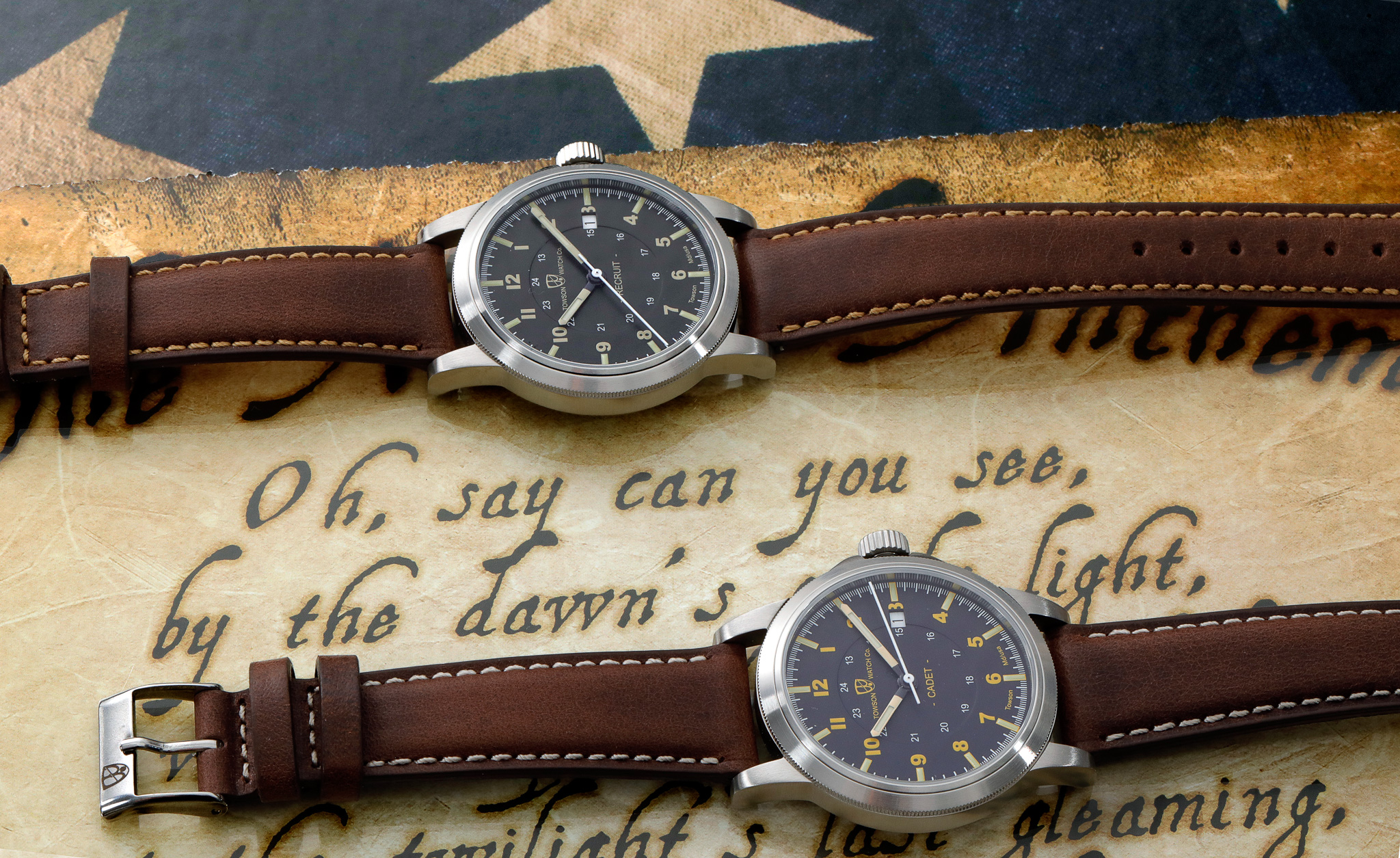In 2025, the term microbrand is everywhere. It suggests small scale, direct access to the maker—and all too often, outsourced production and catalog parts. Long before the label existed, Towson Watch Company quietly defined what the term could mean: designing, engineering, and building meaningful watch collections on American soil.
Today, the term microbrand often evokes small teams producing original designs in limited runs—playful, creative additions to an increasingly saturated market. That spirit of experimentation has its place and continues to energize collectors seeking something new.
Towson Watch Company was doing this work long before the term existed—but not as a novelty. From the start, the intent was to build the best mechanical watches possible with continuity, depth, and lasting relevance—pieces that belonged to a larger, evolving collection rather than a passing release. Cases, dials, and components were sourced through specialist workshops in our founder's hometown, Pforzheim, Germany. Then finished, assembled, and regulated by hand in our Maryland workshop—exactly as they are today.



.jpeg)

